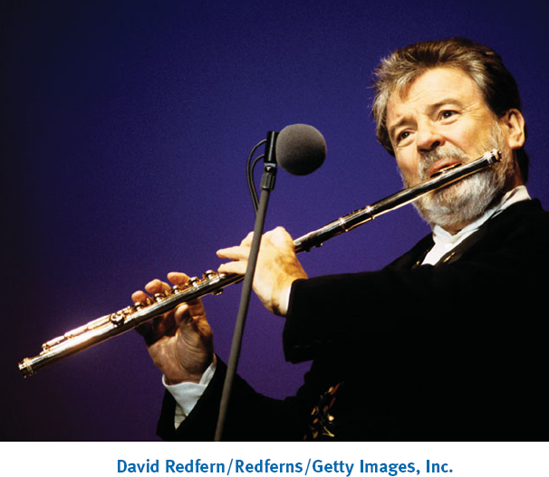Chapter 12. VARIABLE-FREQUENCY NETWORK PERFORMANCE

THE LEARNING GOALS FOR THIS CHAPTER ARE:
Understand the variable-frequency performance of the basic circuit elements: R, L, and C
Learn the different types of network functions and the definition of poles and zeros
Be able to sketch a Bode plot for a network function
Know how to create a Bode plot
Know how to analyze series and parallel resonant circuits
Be introduced to the concepts of magnitude and frequency scaling
Learn the characteristics of basic filters such low-pass, high-pass, band-pass, and band rejection
Know how to analyze basic passive and active filters
Music and Frequency Time and frequency are two sides of the same coin, describing signals in two ways. We hear music, for example, as a time signal but the sampling rate for its digital recording, mastering, and manufacturing depends on signal bandwidth—a frequency description. We utilize both "languages"—time and frequency—to design recording and playback equipment. For iPods and MP3 players on laptops, the bandwidth has to be large enough to reproduce music in frequency ranges from bass to violin and from tuba to flute. For reference, concert flutes have frequencies from 262 Hz to over 2 kHz (middle C to three octaves above).
Your hearing must have a bandwidth that extends to frequencies at least as high as the highest frequency present in the musical signal. Voice or other signals ...
Get Engineering Circuit Analysis: International Student Version, Tenth Edition now with the O’Reilly learning platform.
O’Reilly members experience books, live events, courses curated by job role, and more from O’Reilly and nearly 200 top publishers.

